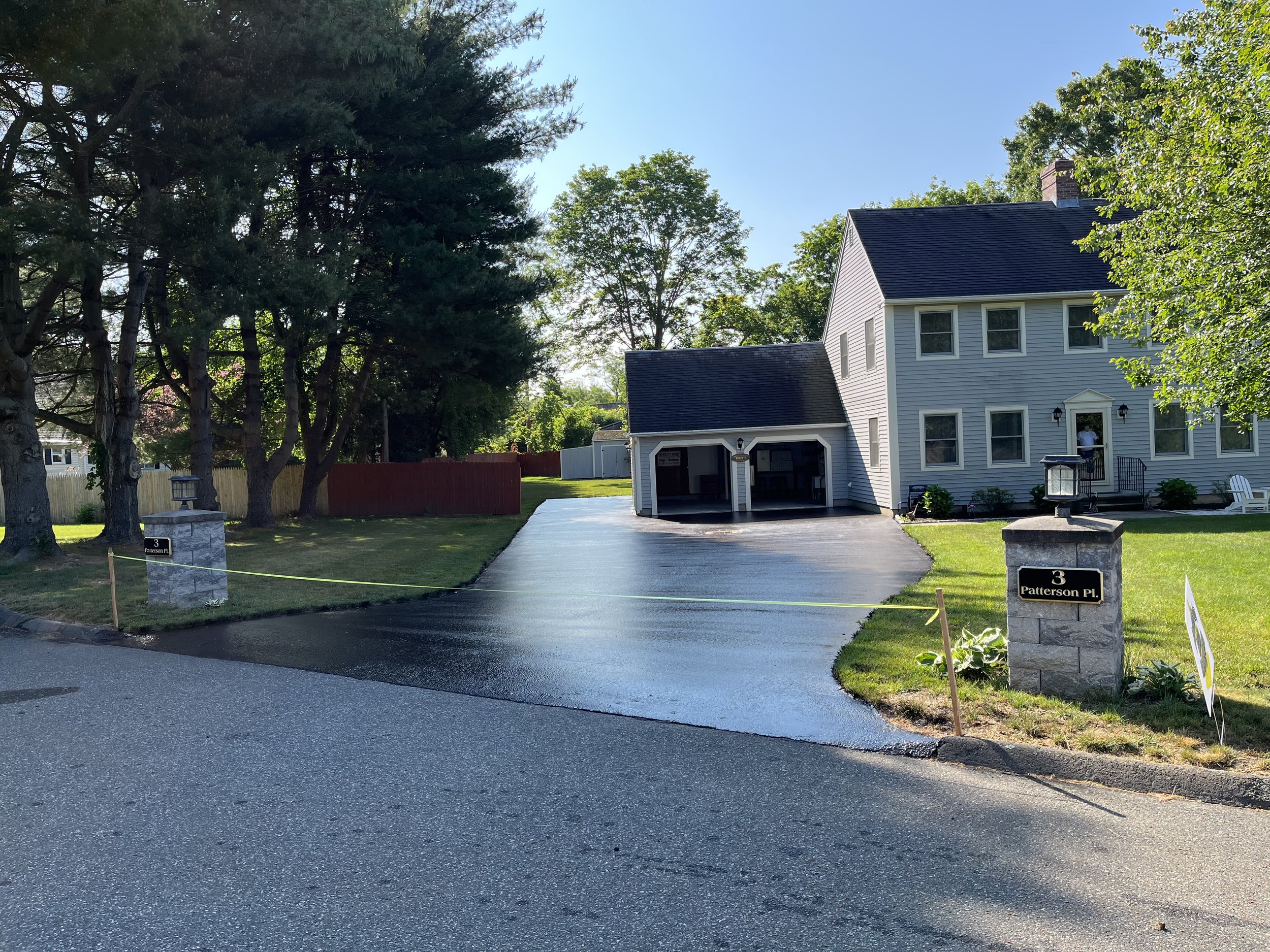Cold Mix Asphalt Vs. Hot Mix Asphalt: Which Is Right for You?

Structure Differences
Cold mix and hot mix asphalts differ significantly in their make-up, with distinct attributes that impact their efficiency and applications. Cold mix asphalt is produced by emulsifying the asphalt binder with water and an emulsifying representative prior to blending it with aggregate. This technique allows for the asphalt to be convenient at reduced temperatures, making it excellent for momentary repairs and for use in chillier climate problems. Warm mix asphalt, on the other hand, is manufactured at high temperatures, generally in between 300-350 ° F, which aids to attain better compaction and a much more sturdy final product. The hot mix asphalt production procedure includes warming the aggregate and asphalt binder separately prior to combining them at the asphalt plant.
Moreover, chilly mix asphalt tends to be less thick and extra flexible than hot mix asphalt. This versatility makes it much better suited for areas with higher levels of movement, such as driveways or roadways with rush hour. On the other hand, warm mix asphalt is understood for its high durability and resistance to rutting and cracking, making it a recommended choice for highways and high-traffic roadways where durability is vital.
Installment Refine Variations
The process of mounting cold mix and warm mix asphalt exhibits noteworthy variances in their procedures and requirements. In contrast, hot mix asphalt demands a much more intricate installation process. Due to the home heating needs, hot mix asphalt setups are generally brought out by experts with customized tools, guaranteeing an extra structurally sound and long-term outcome.
Resilience and Longevity Aspects
When considering asphalt alternatives, sturdiness and durability are important factors to evaluate for long-term pavement efficiency. Hot mix asphalt (HMA) is known for its extraordinary durability and long life.
In regards to longevity, HMA generally exceeds CMA as a result of its remarkable stamina and resistance properties. useful reference HMA pavements have a longer solution life, calling for much less regular repair work and maintenance, which can convert to cost financial savings in the future. Additionally, HMA pavements are more quickly customizable to meet specific project demands, even more improving their resilience.
Cost Considerations
Taking into consideration the monetary effects is a critical facet when assessing the choice between warm mix asphalt original site (HMA) and chilly mix asphalt (CMA) for pavement jobs. While the first expense of hot mix asphalt is typically greater than that of cool mix asphalt, HMA frequently gives an extra economical remedy in the long run due to its superior sturdiness and long life.
In addition to product prices, it's essential to consider the expenditures associated with setup and maintenance when comparing HMA and CMA. Ultimately, the choice between HMA and CMA need to take right into account not simply the preliminary cost but likewise the long-lasting economic implications to figure out the most cost-effective alternative for the certain sidewalk project.
Environmental Impact Contrast
Comparison of the environmental influences in between warm mix asphalt (HMA) and cool mix asphalt (CMA) exposes unique differences in sustainability practices. HMA production needs heats, leading to enhanced energy usage and greenhouse gas discharges. The procedure additionally releases unstable natural substances (VOCs) and unsafe air pollutants (HAPs) into the atmosphere. On the other hand, CMA is created and applied at lower temperature levels, lowering energy usage and emissions substantially. The lower manufacturing temperature levels of CMA lead to reduced fuel usage and reduced degrees of carbon dioxide emissions, making it a much more eco-friendly alternative.
Furthermore, the use of CMA commonly entails reusing existing asphalt pavement, advertising resource conservation and minimizing the amount of waste sent to land fills. By opting for CMA over HMA, roadway building jobs can add favorably to environmental preservation efforts.
Verdict
Finally, the selection between chilly mix asphalt (CMA) and hot mix asphalt (HMA) depends upon various elements such as composition, installation process, longevity, durability, Discover More cost, and ecological effect. asphalt repair. While CMA offers a cost-efficient and fast remedy for small repairs, HMA makes sure premium longevity and longevity for rush hour locations. Think about these aspects thoroughly to determine which kind of asphalt is the appropriate selection for your paving requires

Thinking about the financial effects is an essential aspect when assessing the option between warm mix asphalt (HMA) and chilly mix asphalt (CMA) for pavement projects. While the preliminary expense of warm mix asphalt is normally greater than that of chilly mix asphalt, HMA usually offers a much more cost-efficient service in the lengthy run due to its premium toughness and long life. asphalt patch repair.Contrast of the environmental effects in between warm mix asphalt (HMA) and chilly mix asphalt (CMA) reveals distinct differences in sustainability techniques.In final thought, the option in between cool mix asphalt (CMA) and warm mix asphalt (HMA) depends on various variables such as make-up, setup procedure, toughness, long life, expense, and ecological impact